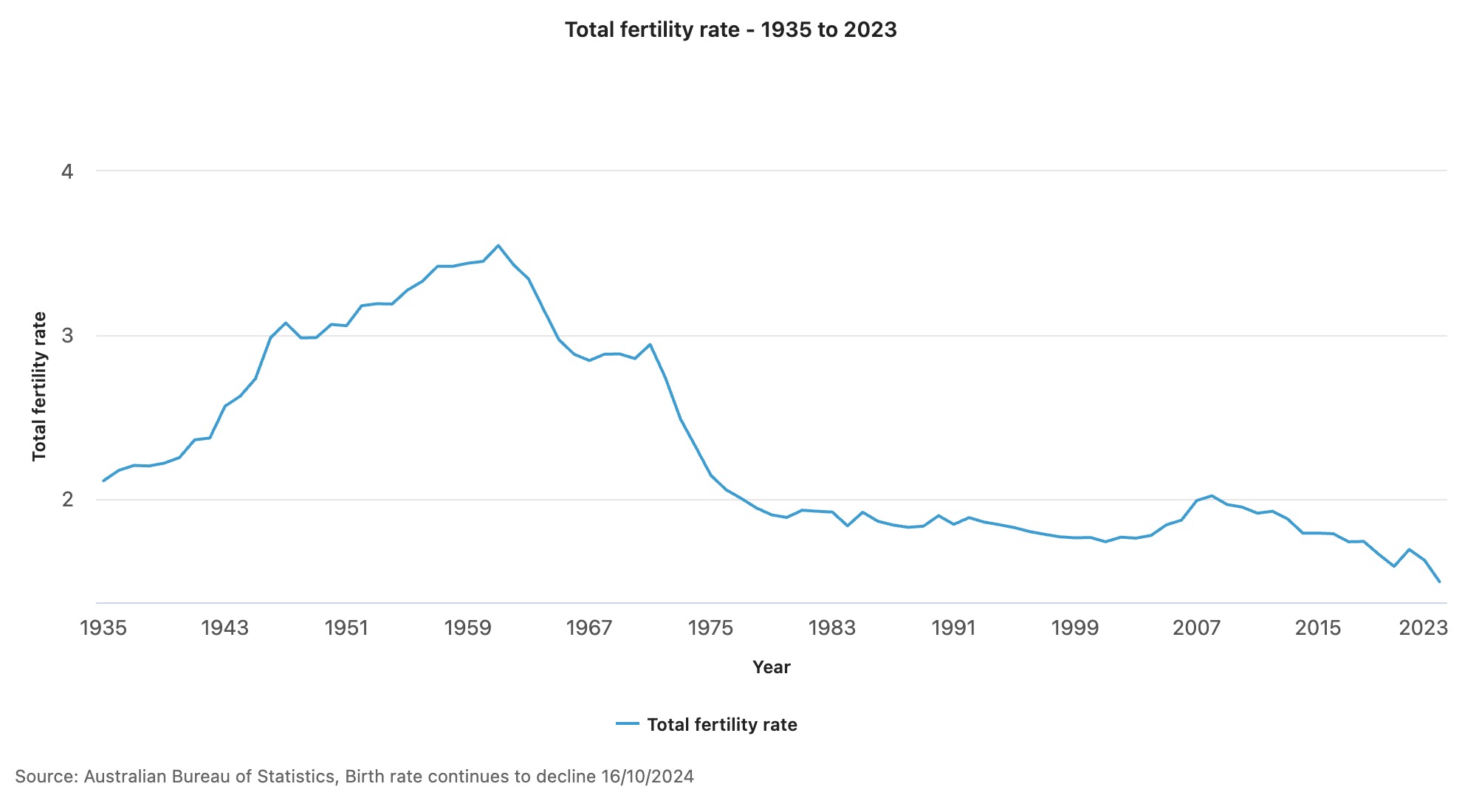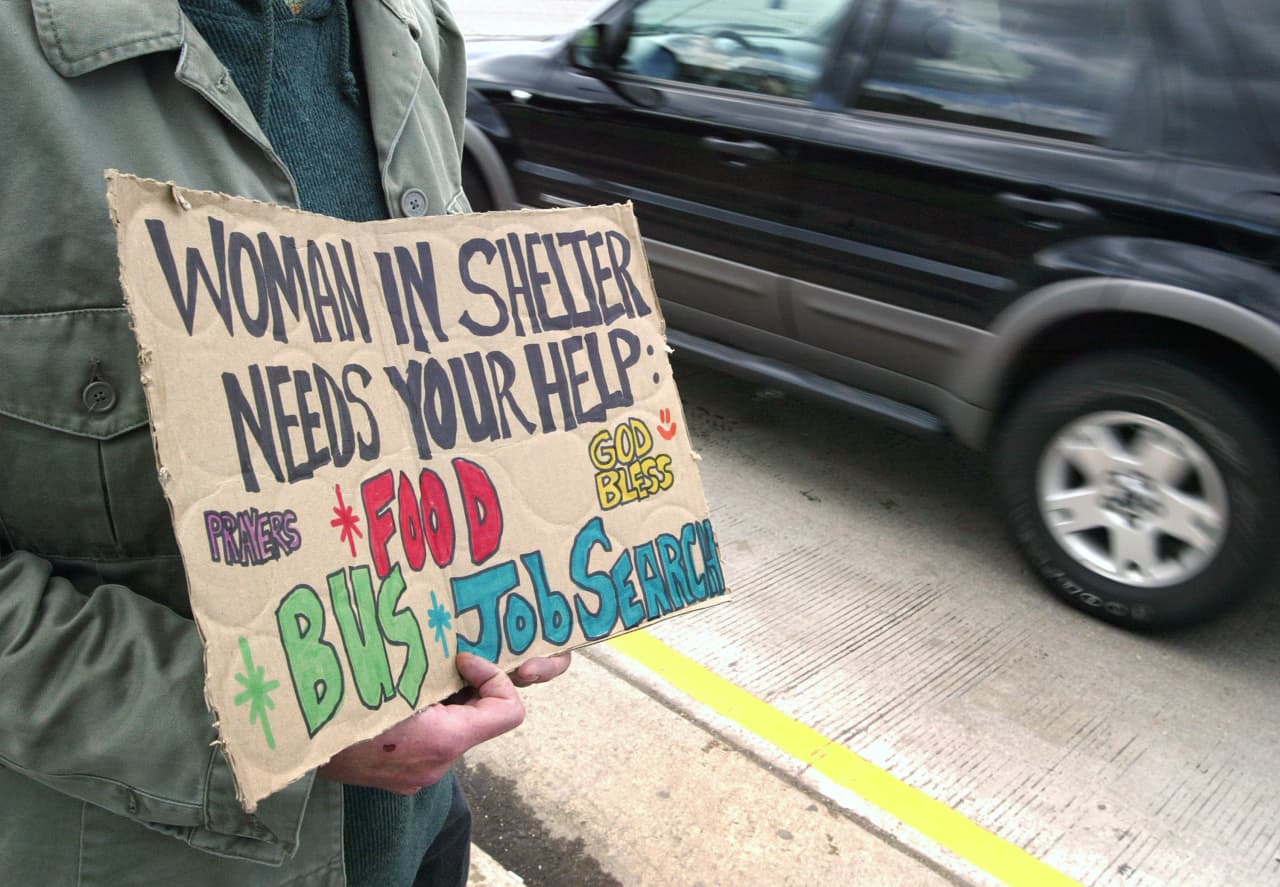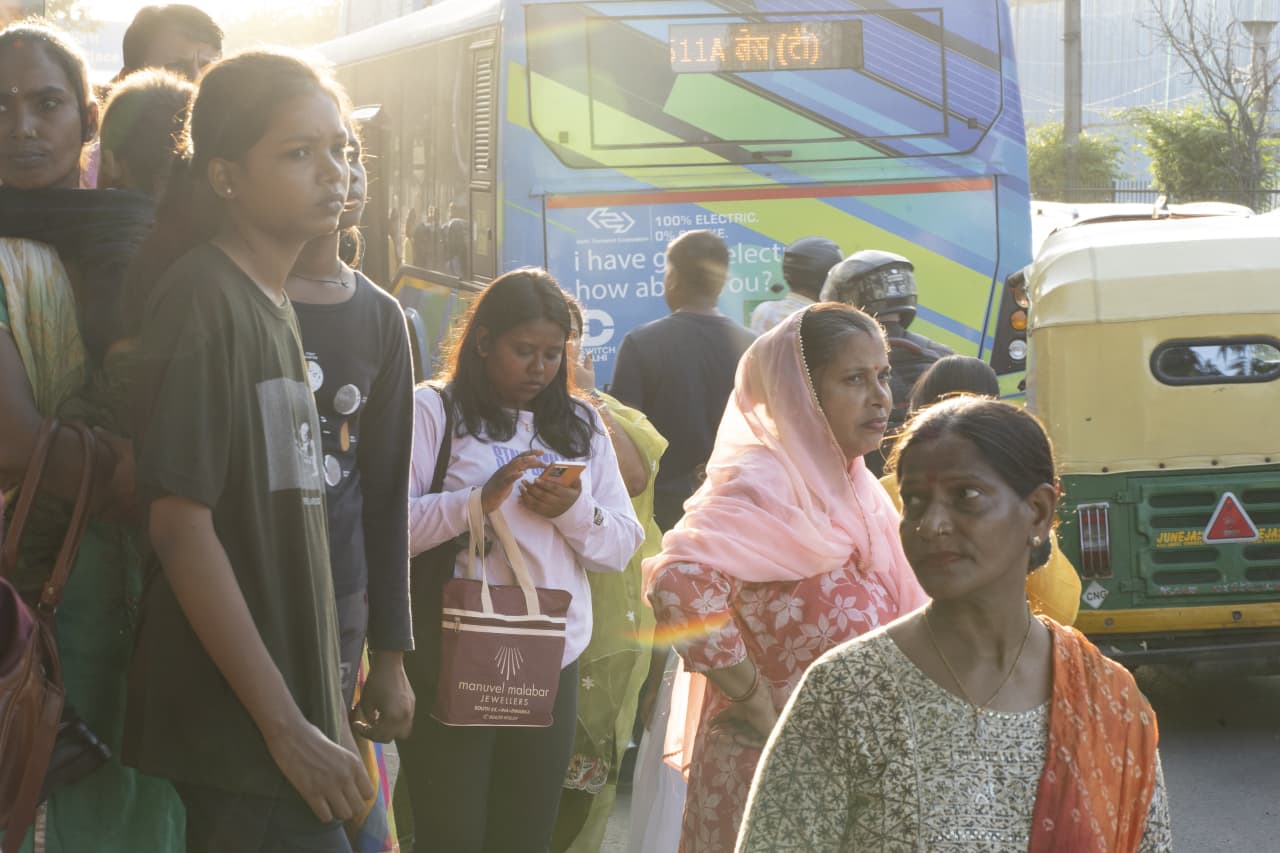Searching for Solutions to the Decline in Philanthropy
The need for more philanthropy and the importance of volunteering was front and centre of a panel presented by Penta and United Way Worldwide at the Midnight Theatre in Manhattan on Thursday.
Half of working New Yorkers are struggling to make ends meet, according to a report released in April this year.
“The way we tackle that is through bringing partners together, from the corporate side, non-profits, and policy makers, to make sure that we are attacking the root causes,” said Grace C. Bonilla, CEO and president of United Way New York City.
Yet, philanthropy has been “decreasing” according to Angela F. Williams, CEO and president of United Way Worldwide (UWW), the 135-year-old non-profit which connects partners, donors, and volunteers in 1,100 communities across 37 countries.
Williams attributed the decline to several factors.
First, donations via once robust community institutions such as the church and popular charity schemes such as the United Way payroll deduction—formerly a staple in corporate culture—are not “as strong as [they] used to be.”
Second, young people want to see “immediate impact” when they donate a dollar and nonprofits are under increasing scrutiny over spending.’
“There is this missing understanding that some problems, some issues, whether it’s solving poverty, whether it’s graduation rates, whether it’s low-income housing, all of those things take time and have to be intentional,” said Williams in a discussion with Raymond J. McGuire, the president of financial advisory and asset management firm Lazard and 2021 candidate for New York City mayor.
Non-profit, she added, “doesn’t mean no profit, no margin. We have to operate; we have administrative costs.”
Williams said that there needs to be more emphasis on public-private partnership.
“We know that government can’t do it all, government can’t solve all the problems that are going on in communities and we also know that companies have employees in communities, and they draw their employees from those communities,” Williams said. “What company wants to operate in a community that is unhealthy, uneducated?”
“I think we need to do better,” McGuire agreed. “The challenges that we are now facing are as formidable if not more formidable than the challenges we have ever faced in their country…So we need to step up, we need to be more engaged.”
Last year, US$499 billion was raised in the U.S., according to Giving USA. US$319 billion came from individuals, US$105 billion from foundations, and US$45 billion from gifts in a will or trust. In comparison, just US$21 billion was from corporations.
“I can’t say it’s a responsibility, it’s an opportunity,” McGuire said. “My observations will be that the private sector will be even more involved and more engaged, because they recognise that there’s more at risk.”
For Ohio-native McGuire, whose mother was a social worker and whose grandfather only had a third-grade education and taught himself to read by perusing the Bible, the need to fight for a more equal society is personal. In 1979 he graduated from Harvard before becoming one of Wall Street’s longest-serving and most-successful Black executives.
“I had to make it in a world that was completely foreign for me and for people who look like me,” McGuire said. “The fundamental premise of that which we are attempting to attain is prosperity for all, at least the ability to participate. If there’s an opportunity for us to make a difference… then by definition the foundation of that which we stand for [has] got to be education.”
The Nation’s Report Card showed across the board declines in math and reading ability in 2022, declines that have particularly hit kids of colour, according to McGuire. “Before Covid, we weren’t making progress and now after Covid, post Covid we’ve retreated,” he said.
For Williams, who is the first Black woman to lead UWW, a salient solution is to create “a new table” of opportunity.
“I want a table that is inclusive, I want a table that brings in the voices of those who we are trying to solve for,” she said. “I want to have a table that says I’m not your saviour but I’m your partner, so come in and let’s talk… and co create.”
Williams used the example of United Way’s work in Maui, Hawaii, following the devastating summer wildfires.
“How do we make sure that the natives… can sit in the room and along with the state and federal government and county and city as well to say: How do we not lose our ancestral heritage?” she said. “How do we create a new thing and a new way of living and surviving and thriving that is equitable?”
Priorities for 2024 touched on in the panel included the climate, AI, energy transition, America’s ageing population, and cyber security.
The panel ended on a note of hope. Former NFL player Carl Nassib, who launched the app Rayze last year to connect people to non-profits, pointed out from his seat in the audience that roughly a quarter of Americans volunteer but 75% of those who do volunteer end up donating.
“Have you thought about the positive mental health benefits of volunteering and what they can do for young philanthropists?” he asked, suggesting that the recent mental health youth crisis is linked in part to a reduction in volunteering.
Volunteerism is “one of the ways that allow people to really become proximate to their community and to the issues they care about,” Williams pointed out earlier in the evening.
“And I think once you’re proximate and you get to walk alongside someone and you can see how you can relate and help them, that really makes the difference. And that it makes for a civil society, it makes for a civil human being.”
 Copyright 2020, Dow Jones & Company, Inc. All Rights Reserved Worldwide. LEARN MORE
Copyright 2020, Dow Jones & Company, Inc. All Rights Reserved Worldwide. LEARN MORE
This stylish family home combines a classic palette and finishes with a flexible floorplan
Just 55 minutes from Sydney, make this your creative getaway located in the majestic Hawkesbury region.
Governments around the world are offering incentives to reverse a downward spiral that could threaten economic growth
The Australian birth rate is at a record low, new data has shown.
Figures from the Australian Bureau of Statistics have revealed there were 286,998 births registered around the country last year, or 1.5 babies per woman.
Birth rates in Australia have been in a slow decline since the 1990s, down from 1.86 births per woman in 1993. Declining fertility rates among girls and women aged 15 to 19 years was most stark, down two thirds, while for women aged 40 to 44 years, the rate had almost doubled.

“The long-term decline in fertility of younger mums as well as the continued increase in fertility of older mums reflects a shift towards later childbearing,” said Beidar Cho, ABS head of demography statistics. “Together, this has resulted in a rise in median age of mothers to 31.9 years, and a fall in Australia’s total fertility rate.”
The fall in the Australian birth rate is in keeping with worldwide trends, with the United States also seeing fertility rates hit a 32-year low. The Lancet reported earlier this year that, based on current trends, by 2100 more than 97 percent of the world’s countries and territories “will have fertility rates below what is necessary to sustain population size over time”.
On a global scale, the Lancet reported that the total fertility rate had “more than halved over the past 70 years” from about five children per female in the 1950s to 2.2 children in 2021. In countries such as South Korea and Serbia, the rate is already less than 1.1 child for each female.
Governments around the world have tried to incentivise would-be parents, offering money, increased access to childcare and better paid maternity leave.
Experts have said without additional immigration, lower birth rates and an ageing population in Australia could put further pressure on young people, threaten economic growth and create economic uncertainty. However, a study released earlier this year by the University of Canberra showed the cost of raising a child to adulthood was between $474,000 and $1,097,000.
This stylish family home combines a classic palette and finishes with a flexible floorplan
Just 55 minutes from Sydney, make this your creative getaway located in the majestic Hawkesbury region.






















